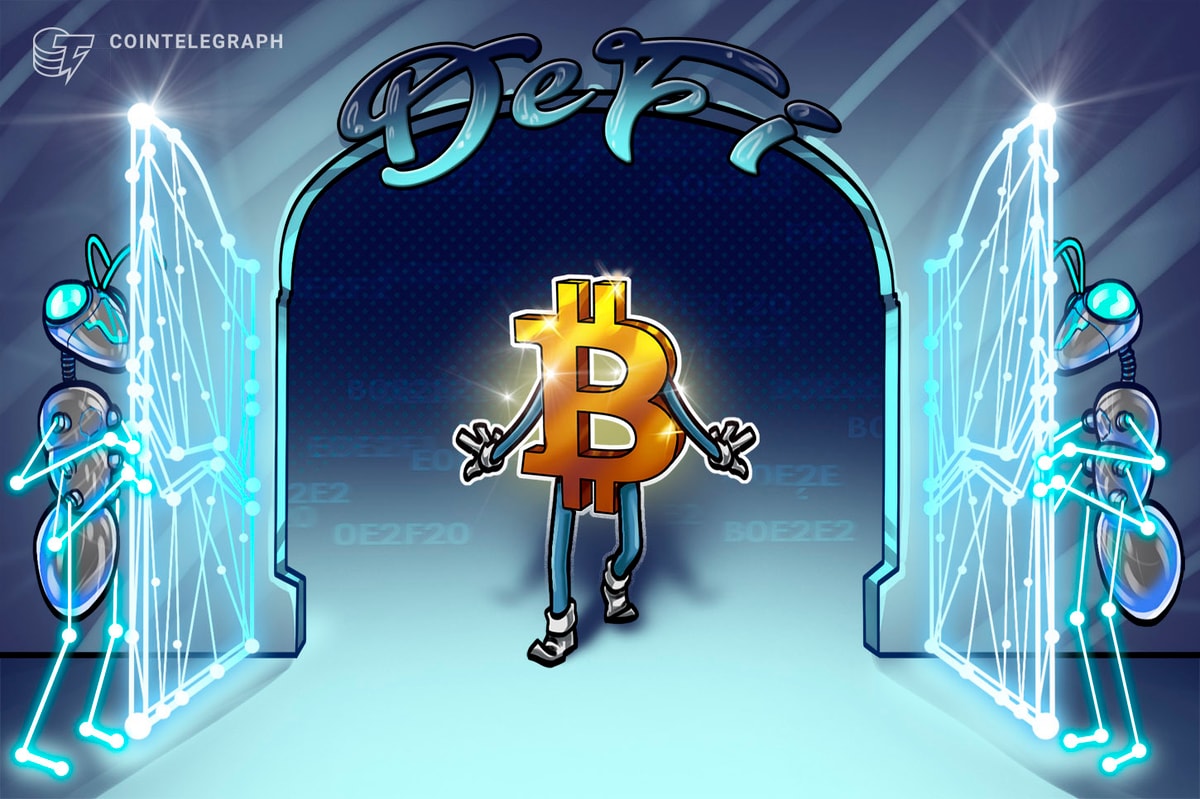#I get paid to coach video gamers. Seriously.

Table of Contents
“I get paid to coach video gamers. Seriously.”
Early days: I grew up in London, England. I was eight years old when I got my first gaming console, a PlayStation 1. I remember waking up early to play Spyro the Dragon and Oddworld: Abe’s Exoddus before school. The turning point was when I got a PlayStation 3; I fell in love with Call of Duty 4. I have vivid memories of missions spent crawling through the grass in a ghillie suit.
Education: I’ve always been an athletic person, but e-sports offered me another outlet for competition. I did well in online matchmaking lobbies—where you compete against other gamers—and got recruited to play on a team through a website called GameBattles. Eventually, I played for money with pro Call of Duty teams, like TCM and Epsilon. To date, my total CoD playing time is close to 10,000 hours.
How I was hired: In 2014, I ended my pro gaming career to pursue an economics degree. I worked in insurance and data analytics jobs in London, but I didn’t enjoy the suit-and-tie lifestyle. In 2020, I found a posting for a coaching role with Toronto Ultra, the city’s CoD team, on the e-sports job site Hitmarker. My application included a case study on opposition strategy based on the 2019 Call of Duty World League Championship. I got the job.
Average day: Gaming season starts at the end of January, and we host practices from Monday to Saturday in OverActive Media’s facility in Toronto’s Liberty Village neighbourhood. (Tournaments take place across North America.) We start with a meeting, where we review matches with our six players via video replay. Then we have them warm up at their gaming stations by shooting bots in a practice lobby. We follow that with a two-and-a-half-hour scrimmage block. Ultra’s head coach, Mark Bryceland, and I oversee the gameplay and give feedback using CoDCast, which is software that allows us to see players’ perspectives.
Necessary equipment: I have a dual-monitor setup with a live feed of the players on one screen and Excel (for analytics) on the other. I also use an Epos headset to communicate with the players.
On-the-job uniform: On game days, I wear Toronto Ultra jerseys. On practice days, it’s a lot of hoodies.
Workplace hazard: Players are vulnerable to repetitive stress injuries to their fingers, wrists and joints. We train them on injury prevention, nutrition and step challenges—because they’re seated for so long.
Biggest perk: I relish travelling. This year, we’ve been to Texas, Minnesota and Ohio. Last year, I went to the CoD championship in Los Angeles. Fans lined up to get photos with the players, like they were celebrities.
Game-day superstition: I’m banned from wearing my Adidas NMD sneakers. I’ve worn those shoes during some tough losses, so there’s been much talk of burning them.
—As told to Dhriti Gupta
This article appears in print in the October 2022 issue of Maclean’s magazine. Buy the issue for $8.99 or better yet, subscribe to the monthly print magazine for just $29.99.

If you liked the article, do not forget to share it with your friends. Follow us on Google News too, click on the star and choose us from your favorites.
For forums sites go to Forum.BuradaBiliyorum.Com
If you want to read more News articles, you can visit our General category.



